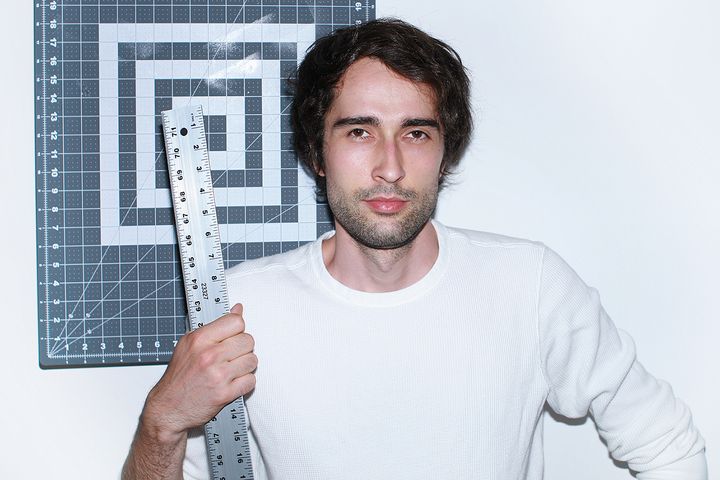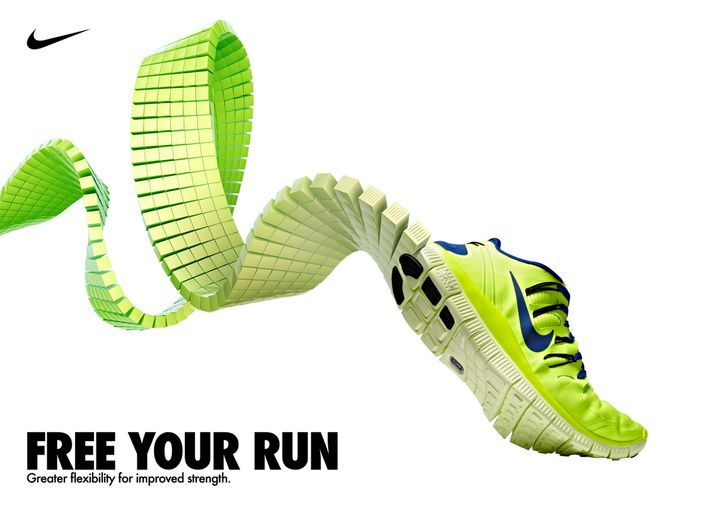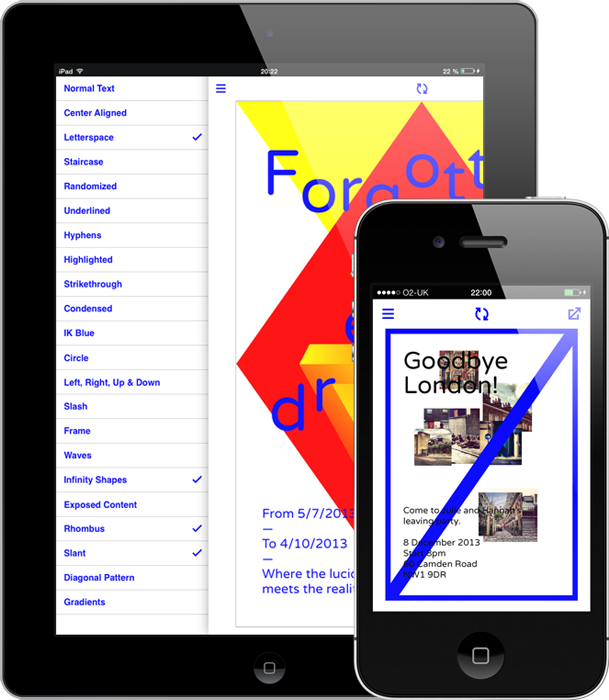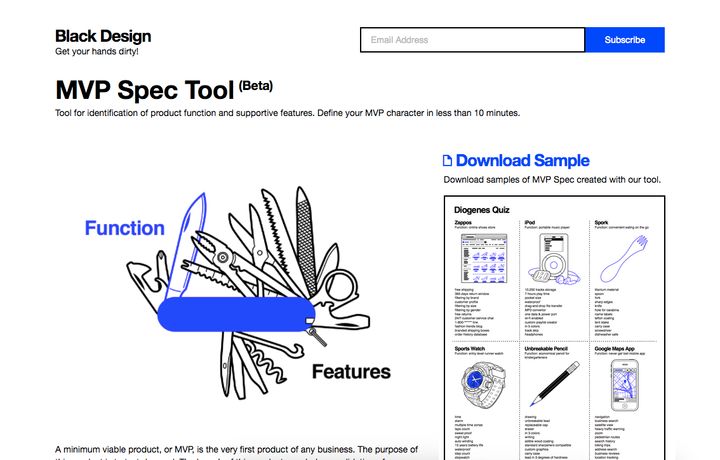Steve Jobs once said, “Design is not just what it looks like, and feels like. Design is how it works.”
This quote suggests that design not only accounts for the surface of a product, but also enables how a product functions. Some would say that Apple’s ability to come up with clean, dependable and quality designed products has been the key to the company’s success.
Today, design reaches even further, going well beyond tangible products. Design thinking drives successful processes, services, and business models. Designers challenge the status quo, unlocking opportunities that nobody, besides creatives, could believe would work. For instance, Brian Chesky and Joe Gebbia, both RISD design graduates, built Airbnb on a social commerce model. The company is now worth 31 billion dollars.
In order to better understand the role of UX and branding designers, I interviewed Michal Sloboda, a London based independent designer, who works across the globe to help companies and early-stage start startups build products. Michal also developed Black Design to help early-stage founders overcome typical startup problems associated with design methods. Michal is currently working in tandem with Silicon Valley based Dominika Blackappl on establishing design-language standards for companies in their strategic stage of design.

Be ready to take on your own projects, says London based UX designer, Michal Sloboda
Q: How would you define design?
The role of design has evolved over time. In the past, technology was difficult to handle, which is why design entered the picture. The industrial revolution enabled rapid production scaling, and the customer was no longer an individual, but rather masses. The struggle between what became technologically possible, and what was desirable, gave birth to the design profession.
Today, however, you don’t need a designer to make a product. There are numerous tools and services that simplify previously laborious tasks. For instance, you can publish a book yourself, you can 3D print a product, you can set up an online store in a matter of minutes and start selling. Today, all of this is possible. As a result though, there are far too many low quality products being developed. But, there are also many disruptive novel products that offset low-quality products. The disruptive products would never have come to life though without liberalization of the entire design process.
Q: You work with both European and U.S. companies. Is design perceived the same on both continents?
Europe treats design as an art form. The most prestigious design awards still come from Europe. Design in Europe grew organically out of thousands of years of old traditional art of craft. In America, design appeared long after industrialization and therefore has always been a building block of commerce. As a result, design in the U.S. is associated with mass productions and advertising.
Q: What is the role design plays in Silicon Valley?
Design brings together what people want, with what is technologically feasible and economically viable. That is the art of design. However, if you think about it, this is also the art of any great innovator. I believe that anyone capable of the synthesis of demand and resources is a designer.
Silicon Valley is still under a spell of coding bias. Computers brought the second technological revolution, and what is happening in Silicon Valley is just the initial post revolutionary phase. Experts from other sectors other than computer science are entering the scene now and are turning their ideas into products. To date, designers were in support of these transformations. But designers will soon step out of the “eighties consulting role” and embrace the most mission critical skill, which is discovery of genuine human needs. Thanks to the advancing role of designers, we are yet to see bigger diversity in Silicon Valley.
Q: Do you think designers are also capable of acting as good startup founders?
For technical founders, numbers are often the point of focus. Typically, these founders quickly search for a technical solution. Designers, however, can go longer without a concrete solution. We enjoy listening to user pain points and observations are always transformational. The curious minds of designers can help build on the information and subliminal messages received from users. I believe this approach could lead to new types of businesses.
Q: You are author of Trend List, Black Design and Warehouse. What drives you to create your own projects?
My own projects follow the trajectory behind my thinking and experience. I’ve spent time working in London for Intro UK, which is “the” well-known graphic design agency. I’ve also worked on large-scale projects for Nike, BBC, Formula 1, 2012 Olympic Games, Rolling Stones and Sir Elton John. I’ve created beautiful work for some of the most demanding and sophisticated clients, but when you work with well-established brands, there isn’t always the opportunity for a new creative initiative.

Free Your Run campaign for Nike, developed by Michal for Intro UK, a leading graphic design agency
It doesn’t matter how senior you are, designers need to respect the framework of long established values. I began to ask myself, “Where do designer belong?” My independent projects represent milestones on my path towards answering this question.
Trend List was an experiment to see what would happen if I catalogued visual trends, and offered them back as a commodity resource to designers. This caused a huge rage amongst designers when we launched. And yet, Trend List remains a renowned source of inspiration. Black Design is an open invitation for early stage founders to get a taste for design. We acquired a lot of insights working with startups, and discovered patterns in mistakes founders tend to make. As a result, we created a set of tools to help early stage founders avoid these common mistakes by using design methods. Warehouse was a learning experiment for design graduates. We wanted to shock these students out of the market status quo and provoke them to become design founders.

Trend Generator, an iPhone app for creating trendy posters is based on trends from the Trend List database.
Q: How is working with mature companies different from working with startups?
There is a huge difference. With Blackappl, we are dealing with both big companies and small promising startups. We’ve created a very successful new mass-market retail strategy for one of the largest banks in Europe. This was a result of a cooperation that lasted for several years. In parallel, I designed several MVPs for Y Combinator startups.
When working with big companies, time is divided between communication and execution almost equally - even when you only engage with top management, which we do exclusively. Projects led by middle management are often political and therefore doomed. With startups, it is mostly execution with very little communication. Time is a startups most critical resource. Yesterday is late by default, so you typically have to go with the first concept. There is no time for iteration.

Michal’s visual for Space Ninja, a Silicon Valley startup that specializes in indexing satellite imagery.
What I appreciate about working with large companies is that they typically understand the value of design, and have a process of engagement in place. The projects take longer, but there is less education needed to engage in execution. The majority of Silicon Valley startups live with a bias that causes them to turn away from design for all the wrong reasons. In Blackappl, we typically come to the rescue, and in the process educate the founders about the true value of design contribution.
Q: What is this true value of design contribution?
Design is typically not the first priority of a Silicon Valley startup. Why? Because, there is a widespread ill belief that design is all about “pretty form”. This in combination with the fact that design services are still mostly offered via an expensive consulting model, is why design remains dead for most startups.
Startup founders politely defer design for a later stage, when they think they will need a “pretty product”. As a result, we see too many technological driven products, rather than products based on genuine human needs. This is a horror scenario for us in Blackappl. Form shall never be the first priority. We created Black Design specifically for this reason - to steer founders away from dwelling on a form and turn them to rapid iterative execution. We always promote brief - the user centric description of the product purpose. It creates the basis for the MVP, which is initially very raw. But the core function is there from the beginning. Perfecting the form without understand the context only leads to failure.
We want founders to know that there are tools that can help them stay in close contact with their user, which can even help discover the right user in the first place. This process involves design. Once design is more accepted, the compensation model will likely shift to be more aligned with early stage venturing. We will continue to provide founders with our free Black Design tools.

Design tools by Black Design are extremely popular amongst early stage founders.
Another good option would be for a technical founder to work with a designer as a co-founder. We believe that such a company would thrive. The most honest role of a designer lies closely to the inception of companies. Design can lead innovation only when it’s deeply embedded within a company’s culture.
Q: What is the most important thing you’ve learned while working as a designer? What advice would you give to a young designer?
Do not make safe bets - be persistent and embrace the moments when you are able to step outside of your designer shoes. This is when I become the most inspired. It’s also important to keep your life a bit inconvenient and uncomfortable. Be ready for your own projects.
Designers pose talent to hear people’s needs. Fulfilling these needs is pure gold.
